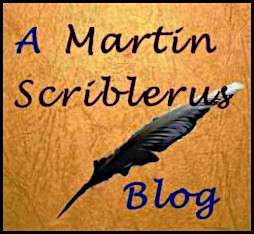Before the days of the present National League, the top levels of non-league football were the top divisions of the Southern, Northern and Isthmian Leagues. Yeovil Town played their matches in the Southern League Premier Division.
The 1970s were a time when there was no automatic relegation from and promotion to the Football League and although Yeovil were Southern League Champions on a number of occasions, their applications to be elected to the Football League were unsuccessful.
Going to watch Yeovil Town in the 1970s was always a special moment, Yeovil was a small club with a large and noisy following, home crowds averaged over 2,000, a number that often dwarfed the attendances enjoyed by some of their rivals.
The advent of the Football Conference, predecessor of the National League, saw Yeovil’s fortunes decline. While clubs like Wimbledon and Wigan Athletic gained promotion to the Football League, Yeovil slipped. In the 1980s and the 1990s, they were twice relegated from the fifth tier of English football, to play their games at grounds where crowds might number no more than a couple of hundred. Relegation and geographical factors required Yeovil not to play their football in the Southern League from which they had come, but in the Isthmian League, a league for clubs from London and the Home Counties.
Living in Ireland, the opportunities to watch Yeovil in the years that followed were limited, if there was a match being played when I was visiting Somerset, it was a delight to go along. The new ground, in an industrial estate on the edge of the town, represented huge progress from the old ground with its pitch that sloped from one side to the other.
There was a huge sense of pleasure in seeing Yeovil win a place in the Football League in 2003, and to watch them to rise two further divisions to reach the Championship, albeit for only one season.
After sixteen seasons in the Football League, Yeovil were relegated back to the realms outside of the Football League. The recent seasons have not been happy ones, the club has not been competitive, the results have got steadily worse.
It is not mathematically certain but after yesterday’s home defeat against fellow strugglers Dorking, Yeovil face the prospect of playing in the sixth tier of English football. The title inflation that changed Division 1 to the Premier League, Division 2 to the Championship, Division 3 to League 1, and Division 4 to League 2, means that next season will be played in National League South. The Isthmian League sounded much more exotic.


